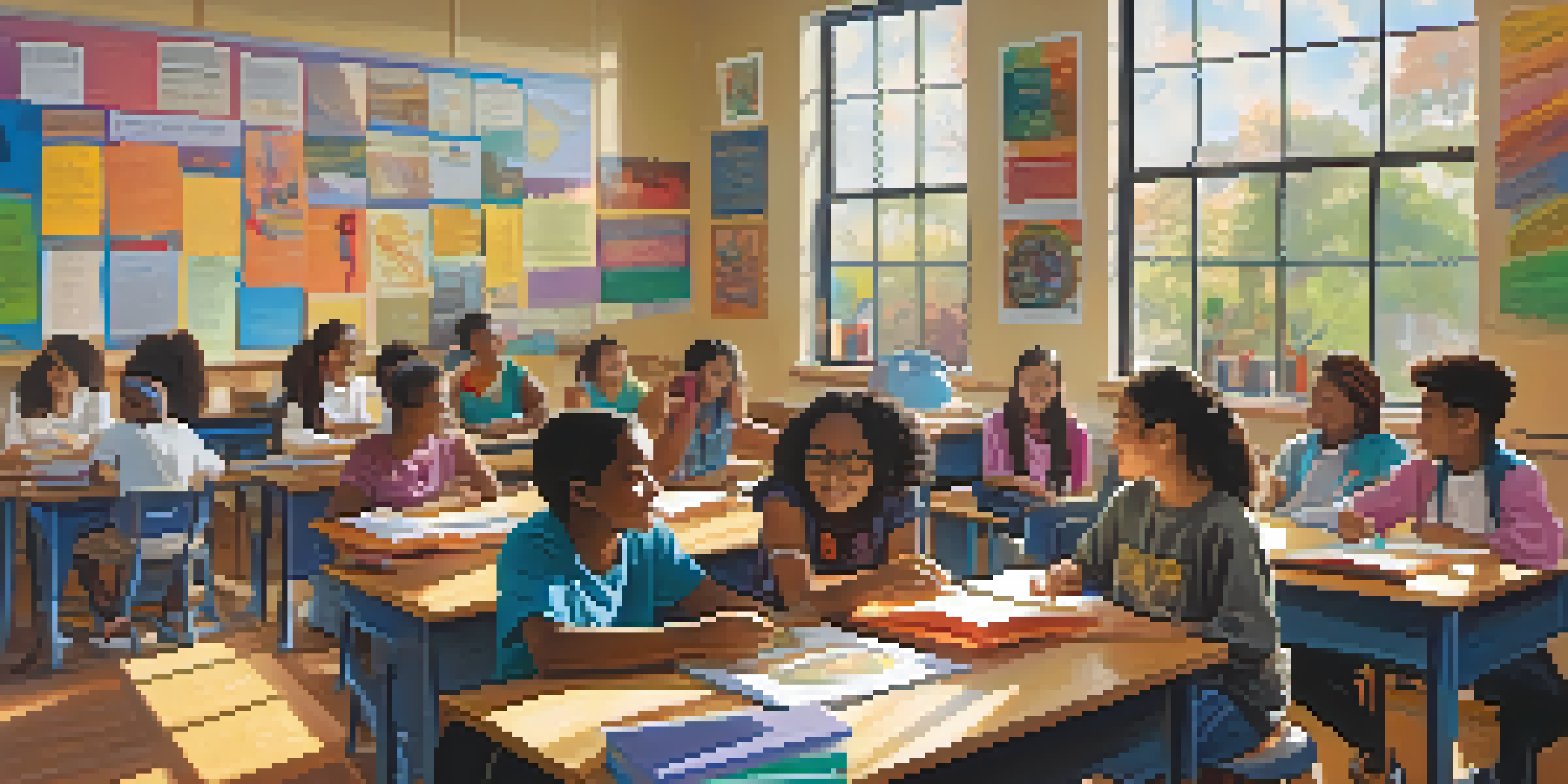The Role of Cultural Relevance in Student-Centered Learning

What is Cultural Relevance in Education?
Cultural relevance in education refers to teaching practices that recognize and incorporate students' cultural backgrounds, experiences, and perspectives. This means acknowledging the diversity within a classroom and using it to create a more engaging learning environment. By connecting curriculum content to students' lives, educators can foster a sense of belonging and relevance that enhances learning outcomes.
The Importance of Student-Centered Learning
Student-centered learning is an educational approach that prioritizes the needs, interests, and learning styles of students. Rather than a one-size-fits-all model, it encourages active participation, critical thinking, and collaboration among students. This approach not only boosts engagement but also empowers students to take ownership of their learning journeys.
Cultural Relevance Boosts Engagement
When students see their cultures reflected in the curriculum, they engage more deeply with the material.
How Cultural Relevance Enhances Engagement
When students see their cultures reflected in the curriculum, they are more likely to engage with the material. For example, incorporating literature from diverse authors can spark discussions that resonate with students' experiences. This connection not only makes learning more relatable but also fosters a deeper emotional investment in the subject matter.
Building Relationships Through Cultural Understanding
Cultural relevance goes beyond curriculum; it’s about building relationships. Educators who take the time to understand their students' backgrounds can create a more inclusive environment. This understanding helps bridge gaps between students and teachers, fostering trust and respect that enhances the overall learning experience.
Student-Centered Learning Empowers
This approach prioritizes students' needs and interests, fostering ownership of their learning.
Strategies for Implementing Cultural Relevance
To integrate cultural relevance into student-centered learning, educators can start by incorporating diverse resources and examples into lessons. Engaging students in discussions about their cultural backgrounds encourages personal expression and enriches classroom dialogue. Additionally, educators can collaborate with families and communities to bring real-world experiences into the learning process.
Challenges in Achieving Cultural Relevance
While the benefits of cultural relevance are clear, challenges exist in its implementation. Educators may struggle with biases, limited resources, or a lack of training on cultural competence. Addressing these challenges requires ongoing professional development and a commitment to creating an inclusive learning environment.
Building Relationships is Key
Understanding students' backgrounds helps educators create an inclusive environment that enhances trust and respect.
Measuring the Impact of Cultural Relevance
Evaluating the effectiveness of culturally relevant teaching can be complex but is essential for improvement. Educators can use student feedback, performance assessments, and engagement metrics to gauge the impact. By analyzing this data, they can make informed adjustments to their teaching practices and better meet the needs of all students.
The Future of Cultural Relevance in Education
As our society becomes increasingly diverse, the role of cultural relevance in education will only grow. Educators must continue to adapt their practices to reflect the changing demographics of their classrooms. Emphasizing cultural relevance not only prepares students for a globalized world but also promotes equity and inclusivity in education.